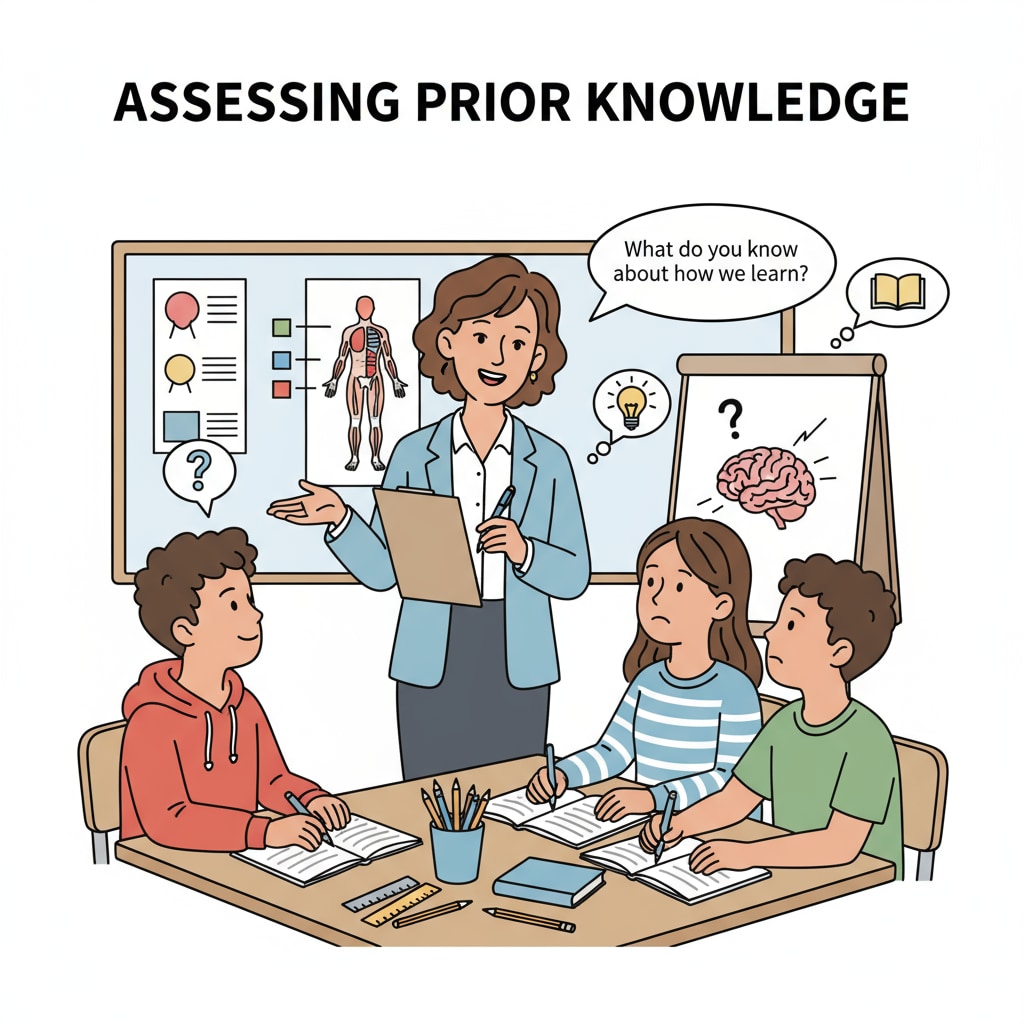Teaching planning for adolescent education and fundamental literacy is crucial when it comes to guiding uneducated teenagers into the world of knowledge. For 13 – 14-year-olds who have never received formal education, a well-structured approach is needed.

Understanding the Starting Point
Before beginning any teaching, it’s essential to understand the baseline of these adolescents. Assess their current knowledge, which may be close to zero in terms of formal education. However, they might have practical life knowledge. For example, they may know how to perform certain manual tasks but lack basic reading and writing skills. According to Britannica, understanding the starting point helps educators tailor the teaching plan effectively.

Psychological Preparation
These uneducated adolescents may have various psychological barriers. They could feel intimidated by the idea of formal learning. Therefore, creating a positive and welcoming environment is key. Build trust with them, showing that learning is a safe and enjoyable experience. As stated in Wikipedia’s Adolescent Psychology page, a positive psychological environment can significantly enhance learning motivation.
Once the psychological groundwork is laid, it’s time to move on to the practical teaching strategies. Begin with basic language skills. Start from the alphabet, teaching them the sounds and shapes of letters. Use simple, colorful materials to make it engaging. For instance, flashcards with pictures and corresponding letters can be very effective. Then, progress to simple words and short sentences.
Math Basics
In addition to language, fundamental math skills are essential. Teach numbers, basic arithmetic operations like addition and subtraction. Use real-life examples, such as counting money or sharing items. This makes the learning more relatable and easier to understand. For uneducated adolescents, these practical examples can bridge the gap between abstract concepts and their daily lives.
Readability guidance: By following these steps, educators can gradually introduce uneducated adolescents to the world of knowledge. Short paragraphs and clear lists help in presenting information in an accessible way. Using real-life examples and creating a positive learning environment are key to successful teaching in adolescent education and fundamental literacy.


